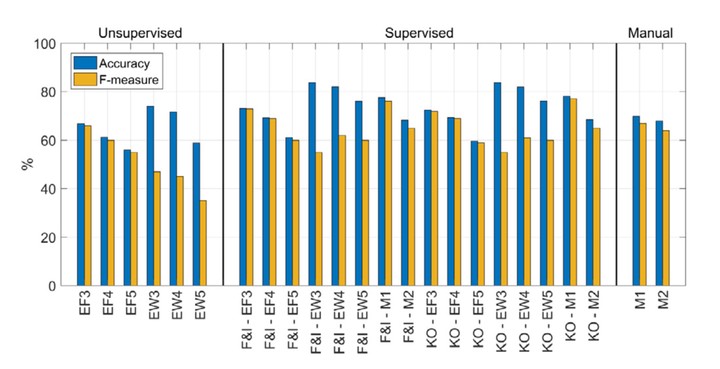
Abstract
Bayesian Networks (BNs) are an increasingly popular method for modelling environmental systems. The discretization of continuous variables is often required to use BNs. There are three main methods of discretization; manual, unsupervised, and supervised. Here, we compare and demonstrate each approach with a BN that predicts coastal erosion. Results reveal that supervised discretization methods produced BNs of the highest average predictive skill (73.8%), followed by manual discretization (69.0%) and unsupervised discretization (64.8%). However, each method has specific advantages that may make them more suitable for particular applications. Manual methods can produce physical meaningful BNs, which is favorable in environmental modelling. Supervised methods can autonomously and optimally discretize variables and may be preferred when predictive skill is a modelling priority. Unsupervised methods are computationally simple and versatile. The optimal discretization scheme should consider both the performance and practicality of the scheme.